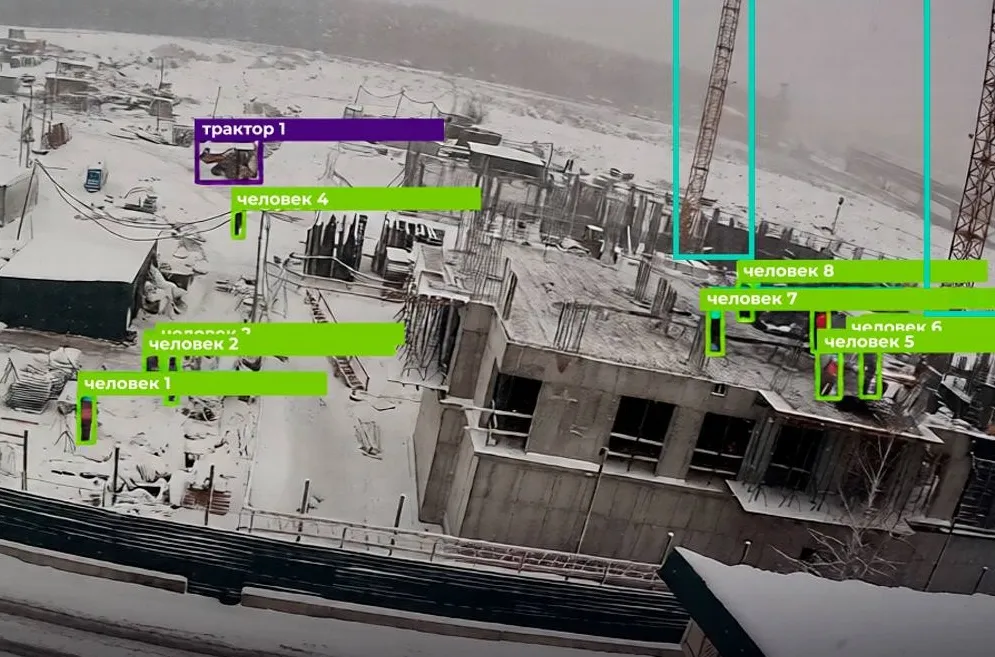Russia Is Building an AI System to Hunt Down Cybercriminals

Two Russian firms are developing an AI-powered fraud detection platform that maps hidden links between transactions, devices, and people — offering a glimpse into how machine learning is becoming a frontline defense in digital security.
In Russia, a system called Smart Fraud Detection is being positioned as a powerful countermeasure against cybercrime. Two domestic companies are working on the platform, which relies on artificial intelligence to spot suspicious financial activity with high precision.
The technology monitors user behavior across more than 250 parameters, pulling data from customers, senders, recipients, and merchants. At its core are graph neural networks — algorithms designed to expose complex fraud schemes by tracing connections between transactions, devices, and user accounts.
To assess risk, the system blends two machine learning models: Bayesian trees and gradient boosting. This hybrid approach not only identifies intricate fraud patterns but also learns to detect entirely new ones. By training continuously on fresh data, the platform improves its ability to flag anomalies — like sudden spikes in small transactions over a short period.
The broader financial sector in Russia is already leaning heavily on AI for fraud monitoring. Industry data shows that more than 55 percent of major financial institutions there deploy machine learning tools to spot cyberthreats. Developers expect the upgraded version of Smart Fraud Detection to help businesses stay ahead of ever-evolving criminal tactics.
As digital threats grow more sophisticated, systems like this are becoming central to cybersecurity strategies — making AI not just a back-end tool, but a frontline player in the battle against fraud.









































